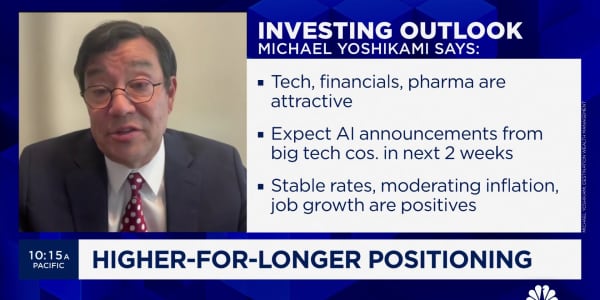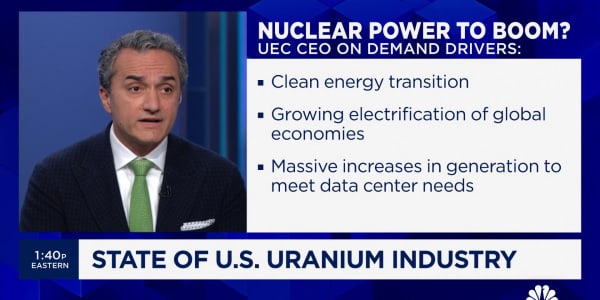
If we've learned anything so far in 2016, it's that we still have a lot to learn about how financial markets are going to behave in a new monetary era.
What was supposed to work — bank and consumer discretionary and others that benefit in a rising rate environment — has not. What wasn't supposed to work — gold and utilities — has done well.
In other words, forget what you think you know. If the early part of the year is any indicator, and history tells us it well could be, get ready for an unpredictable ride ahead.
Read MoreTrader: This isn't like 2008 — but a correction IS coming
"It's a market where you probably should expect big ups and downs with some gains, but relatively muted gains," said Ed Keon, managing director and portfolio manager at QMA. "One of the things we've been urging people to do is be cautious about their expectations. If you think you're going to get a 10 percent average return on your stocks over time, that's probably a little aggressive."
Of course, a year is a long time when it comes to financial markets, and anything can happen from here. Looked at in a broader prism, 2016 is starting out only mildly rougher than 2015, which ended with only modest losses across the major indexes, with the actually eking out a 1 percent gain when factoring in dividends.
But the first trading week of the year yielded a slew of interesting developments worth watching, particularly so with global central banks in such sharp focus:
1. Bad banks: Financials in general but banks in particular have helped lead the S&P 500 (down 4.7 percent) to ugly early returns. The industry was down nearly 8 percent by midday Friday, with some big names accounting for the most damage as the group gets set to report fourth-quarter earnings next week. JPMorgan Chase has tumbled 9.3 percent, Citigroup was off close to 9 percent and Bank of America fell 8.6 percent. These stocks were supposed to outperform as the Fed raises rates — which it did in December for the first time in more than nine years — but are getting clobbered so far.
Read MoreMarket sell-off triggers fears of 'Asian flu' again
2. Utilities: It could just be a basic safety trade, but utilities, among the worst-performing sectors last year, have proven to be the best of a bad bunch so far in 2016. The group is down just narrowly so far, with companies like Consolidated Edison (up 3.3 percent) and Dominion Resources (a 2.6 percent rise) providing rare gainers for an index where just more than 40 stocks are positive.
3. Gold looking good: A global deflationary environment doesn't make much of a case for gold, but worries over central bank currency manipulation does. China's bungling of its yuan depreciation coupled with fears of a policy mistake from the Fed and the massive equity market sell-offs around the world sent investors running to the yellow metal. Gold is up about 4 percent year to date, and traders have poured $4.4 billion into the Market Vectors Gold Miners exchange-traded fund, the second-biggest fund flow of any ETF in 2016.
4. Contrarian tides: Despite the whipsaw moves in the market, there are plenty of folks out there looking for things to change. One of the more interesting bets has been on oil, which has tumbled 12 percent so far as it continues its free fall. Traders, however, have been piling into the United States Oil ETF, pushing more than $3 billion into the fund that is generally regarded as a trading vehicle more than a long-term investment. Also, the Wall Street turmoil hasn't deterred companies from looking to jump into the market. U.S. initial public offerings and other equity capital markets activity stands at $3.5 billion on 16 deals so far, the highest number of deals ever and the biggest dollar volume in 13 years, with all but one coming from health care, according to Dealogic.
5. No one is panicking (yet): Despite the barrage of selling, outflows from equity funds for the week did not reflect a stampede for the exits. To be sure, equity funds saw $8.8 billion in outflows, which was the largest in 17 weeks, while bond funds took in $3.3 billion, which was the largest in 11 weeks, according to Bank of America Merrill Lynch. However, Michael Hartnett, BofAML's chief investment strategist, noted that while "redemption pressures continue and are broadening, too," the pace does "not indicate mass investor capitulation." In fact, BofAML said its "Global Breadth Rule" is showing a contrarian "buy" signal as more than 88 percent of all global equity markets are trading below both their 200-day and 50-day moving averages.






